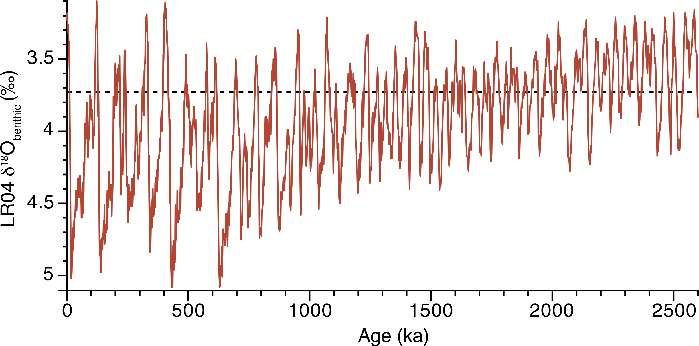- Home
- Publications
- PAGES Magazine
- New PAGES-PMIP Working Group On Quaternary Interglacials (QUIGS)
New PAGES-PMIP working group on Quaternary Interglacials (QUIGS)
Tzedakis C, Capron E, de Vernal A, Otto-Bliesner B & Wolff E
Past Global Changes Magazine
23(2)
83
2015
Chronis Tzedakis1, E. Capron2, A. de Vernal3, B. Otto-Bliesner4 and E. Wolff5
Past interglacials can be thought of as a series of natural experiments in which boundary conditions, such as the seasonal and latitudinal distribution of insolation, the extent of continental ice sheets and atmospheric greenhouse gas concentrations, varied considerably with consequent effects on the character of climate change. Documenting interglacial climate variability, therefore, can provide a deeper understanding of the physical climate responses to underlying forcing and feedbacks, and of the capabilities of Earth System Models to capture the patterns and amplitudes of the responses. These considerations provided the impetus for a comprehensive comparison of interglacials of the last 800,000 years within the context of the PAGES working group on past interglacials (PIGS; 2008-2015). While PIGS synthesized the current state of understanding on interglacials of the last 800,000 years, it also identified a number of research issues that need to be solved if further breakthroughs are to be made (Past Interglacials Working Group of PAGES, in press):
• There is no simple astronomical cause for differences in the intensity of interglacials, which seems to arise at least partly from the patterns observed in atmospheric CO2 concentrations. This emphasizes the need to better understand and model the carbon cycle across glacial cycles.
• Chronological advances, both in assessing absolute ages relative to astronomical forcing, and in aligning different proxies and locations, are essential if we are to assess the dynamics of interglacials and their termination and inception.
• The paucity of long and continuous terrestrial records precludes the assessment of many important aspects of the climate.
• While existing records suggest that sea level was higher than present in some interglacials, better knowledge of the contribution of the Greenland and Antarctic ice sheets is critically needed.
• Identifying the controls on intra-interglacial variability remains a challenge.
Within the so-called “zoo” of interglacials (Fig. 1), the Last Interglacial (LIG, MIS 5e) has been the most intensively studied, but modeling of earlier interglacials remains limited. In particular, much more needs to be done to better characterize and understand (1) warm extremes, (2) cool versus warm interglacials of the last 800 ka, and (3) interglacials in the 41 ka-world vs those in the 100ka-world.
The objectives of QUIGS are to:
• document and synthesize data on the temporal and spatial patterns of climate responses during Quaternary interglacials and assess the governing processes using numerical models;
• assess the relevance of interglacials to understanding future climate change.
The drive towards a systematic understanding of interglacials requires targeted model exercises as well specific data sets with improved chronologies (some of which are not available yet). QUIGS will promote closer collaboration between the modeling (Paleoclimate Modelling Intercomparison Project; PMIP) and data communities, who together will provide expertise on experimental design, data compilations and syntheses, model-data comparisons, and interpretation of results.
The first workshop on "Warm extremes" took place in Cambridge, UK, 9-11 November 2015. It specifically examined the LIG and MIS 11, identified by PIGS as the warmest interglacials of the last 800 ka. While both interglacials have been considered by previous projects, our aim is to stimulate the work needed for PMIP. Thus, during this first workshop, we assessed emerging data syntheses and recent model experiments. This will allow us to highlight data gaps, and promote and initiate specific efforts to fill these gaps. In particular, we will identify critical datasets needed and define the much needed model protocols (including transient simulations).
affiliations
1Department of Geography, University College London, UK
2British Antarctic Survey, Cambridge, UK
3Geotop, Université du Québec à Montréal, Canada
4National Center for Atmospheric Research, Boulder, USA
5Department of Earth Sciences, University of Cambridge, UK
contact
Chronis Tzedakis: p.c.tzedakis ucl.ac.uk
ucl.ac.uk
references
Lisiecki LE, Raymo ME (2005) Paleoceanography 20, doi:10.1029/2004PA001071
Past Interglacials Working Group of PAGES (in press) Rev Geophys, doi:10.1002/2015RG000482

